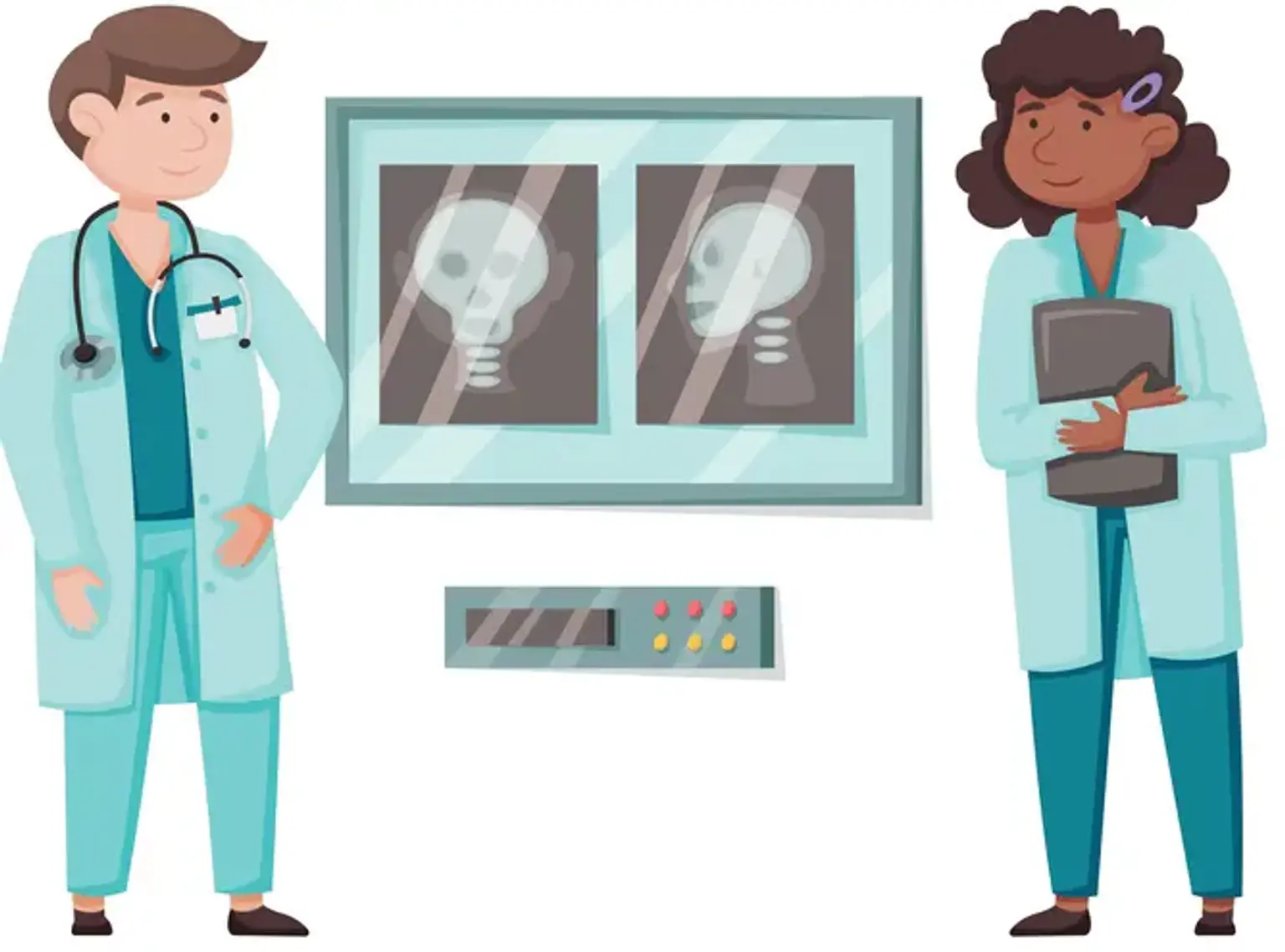Conventional x-ray
Overview
Although sonography, computed tomography (CT), and magnetic resonance imaging (MRI) are prominent radiology technologies, traditional X-rays remain useful in orthopedic diagnostic investigations. The benefits of radiographic imaging include great local resolution of bone, time savings, relatively inexpensive prices, and global expertise.
The traditional X-ray is essential for surgical planning and clinical monitoring. An X-ray is adequate for diagnosis and treatment of numerous disease conditions (i.e. degeneration, fracture). X-rays cannot identify early bone alterations (such as osteonecrosis).
